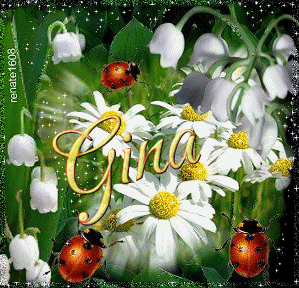It is never too early in the season to start thinking about spring plantings, especially if you live in a subtropical climate as I do.
I found the following article very interesting since I love container gardening and have been meaning to give growing lettuces a try. You may want to try growing lettuces this spring after reading this article!
Growing Gourmet Greens
Of all the planting I do each year, I think my spring container kitchen garden is my favorite. Maybe it’s because the containers are conveniently placed right outside the kitchen door or maybe it’s because it’s so easy to plant, maintain and harvest.
Whatever the reason, I look forward to the first cutting of container-grown spring greens. I prefer to plant and grow baby lettuce mixes because they grow quickly and a packet of seeds yields enough for many salads or sandwich toppings. They’re also inexpensive, too. These are the same pricey gourmet blends found in up-scale grocery stores, specialty produce markets and farmers’ markets.
I buy packets of mesclun which are mixes of small salad greens that vary in color, textures and flavors. Traditional mesclun salad mixes include chervil, arugula, lettuces and endive, but they can also include dandelion, mizuna, mâche, radicchio and sorrel.
Look for salad mixes that offer assorted colors, textures and flavors. I like combinations that include bronze and lime-green leaves, curley and leafy textures and flavors that are tangy or peppery. Baby leaf spinach is also a good choice.
The tender leaves will grow quickly and can be cut and recut several times. For a continuous harvest, sow successive batches until the weather gets too hot.
In addition to planting from seed, consider adding small transplants, like chives. The chives in my container are perennial, so they’re the first greens to appear in my container garden each year.
Planting is Super Simple
One of the advantages of planting in containers is that you can plant 4-6 weeks before the last killing frost in your area. Another advantage is that you don’t have to wait for the soil to warm before planting. Just fill a container with new potting soil and you’re ready to plant.
Planting Instructions
- Fill a container with soil to within 2 inches of the rim.
- Tear open a small corner of the seed packet.
- Sprinkle seeds lightly over the top of soil, with seeds landing about a half inch apart.
- Cover with a thin layer (about 1/4 inch) of soil.
- Pat down the soil gently.
- Water with a fine spray to keep seeds in their place.
Grow the plants by placing the container in a sunny spot and keeping the soil moist. When leaves are about 5 inches tall, grab a small section and use scissors to make a clean cut; leave several inches of plant remaining. New leaves will sprout from the roots you’ve left behind.
Wash greens carefully and blot dry. Use immediately in a spring salad or to top sandwiches. Refrigerated greens can be stored in a plastic bag for several days.
Disclaimer about photo and article source . . . In the past, I have given websites the courtesy of not cutting and pasting their articles into my blog posts and just providing a link to the article. In going back through all of my blogs, it occurs to me that most websites reconfigure their websites often and wipe out articles all together or change the url, making it impossible to find the article again. That is a major waste of time and lots of valuable information lost!
I would prefer to preserve the entire article and give the website credit for the article and promotion for their website. In the case of this article, it comes from VegetableGardener.com, one of my favorite blogs. An email subscription is available for their newsletters which is the source of this article.
Photo and article by Jodi Torpey















































